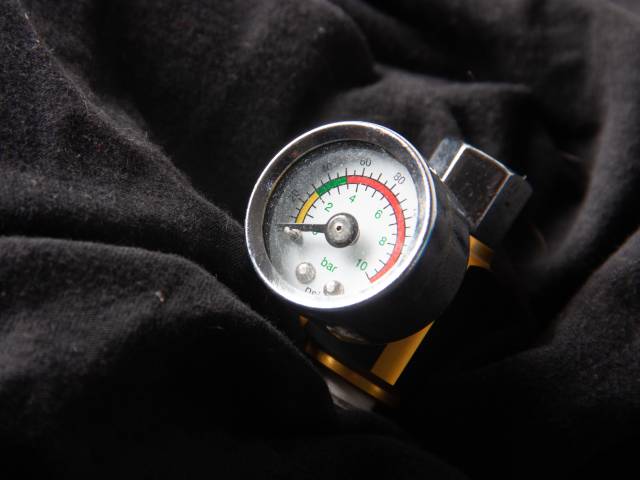

High-voltage power supplies keep countless technologies operating. They provide the power necessary to run everything from the lights illuminating our cities to the delicate instruments involved in advanced medical testing. However, not all high-voltage power supplies are created equal. Continue reading to discover the various types of high-voltage power supply types and their benefits.
Linear high-voltage power supplies are relatively simple. They operate at low currents and regulate voltage by continuously dissipating power. This feature makes them less efficient than other types, yet they are reliable. They are ideal for applications with laboratory instrumentation and semiconductor manufacturing equipment, where precision is paramount.
Switch-mode power supplies use a high-frequency switching mechanism to convert DC to AC back to a different level of DC. They are lighter, smaller, and more efficient than their linear counterparts but can be more complex in design. Professionals in satellite manufacturing or avionics prefer this type for applications with significant size and weight restrictions.
Capacitor charging power supplies work by charging a capacitor through a current source until it reaches the desired voltage. This type works well in pulsed applications like lasers and flash lamps. Their compact and rugged design makes them ideal for rapid, high-voltage bursts.
Transformer-based high-voltage power supplies are versatile. They use step-up transformers to increase the voltage and work well in isolation transformers, X-ray generators, and ion implantation systems in semiconductor manufacturing. These systems can handle a wide range of input voltages and provide good isolation between the input and output.
High-voltage power supplies play a critical role in many industries. They are integral to powering electronics and providing precision, reliability, and efficiency. In medical equipment, they support cutting-edge imaging systems. In manufacturing, they help operators produce and test products for quality. In telecommunications, they transmit data quickly. In scientific research, they power the tools professionals use for exploration and discovery.
Safety is an important consideration for all high-voltage power supplies. Conducting regular maintenance and following the manufacturer’s guidelines for usage are key to preventing accidents. Troubleshooting tips for high-voltage power supplies, like checking output voltage, can be lifesavers in critical situations, so prepare an emergency checklist.
High-voltage power supplies are not one-size-fits-all. Consider your application’s unique requirements, including voltage and current range, ripple specifications, and form factor. Also, select a power supply with safety features, such as overvoltage and overcurrent protection.
High-voltage power supplies benefit modern technology, with various types that meet your needs. Understanding these types and their applications is crucial for successfully implementing high-voltage power supplies in your facility.
24World Media does not take any responsibility of the information you see on this page. The content this page contains is from independent third-party content provider. If you have any concerns regarding the content, please free to write us here: contact@24worldmedia.com

Tips for Improving the Sustainability of Your Shipments

Common Home Repair Tools To Have Available

Bathroom Essentials for New Commercial Restrooms

Strategies To Increase Sustainability on Your Farm

Top Machines Every Pharmaceutical Facility Should Invest In

How To Choose the Most Appropriate Work Gloves

Why You Need To Improve Drainage on Your Property

Essential Tips To Shield Your Car Windows From Damage

Warehouse Optimization Tips To Improve Performance

How High-Humidity Climates Affect Pressure Gauges